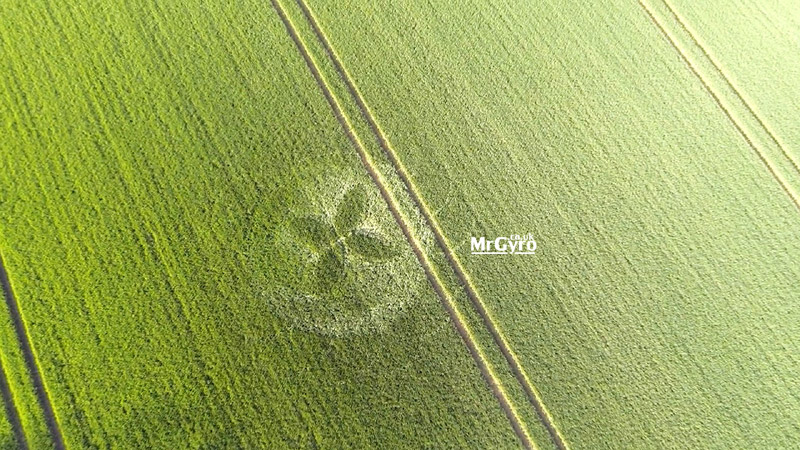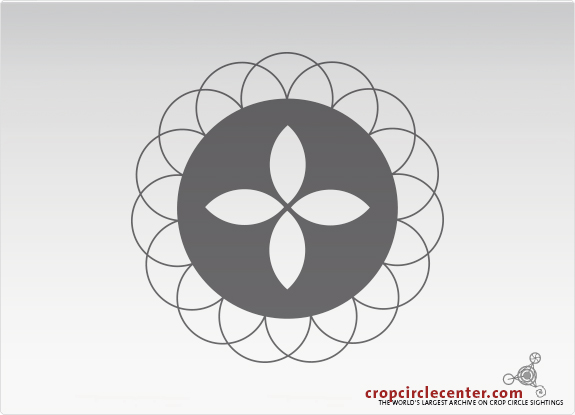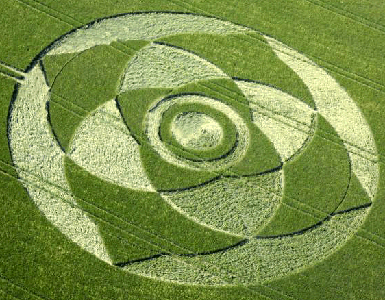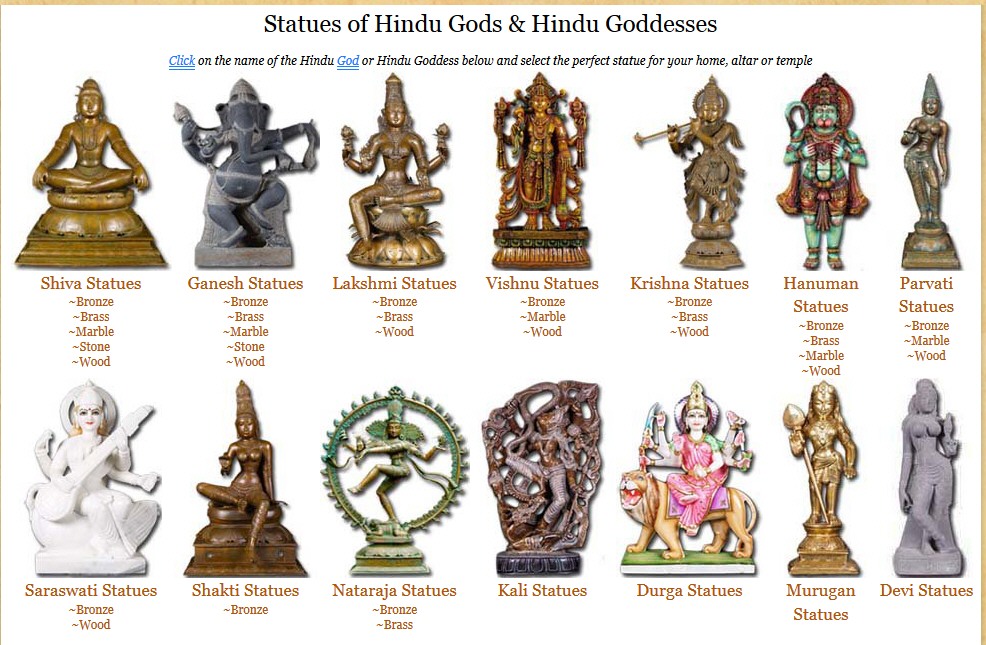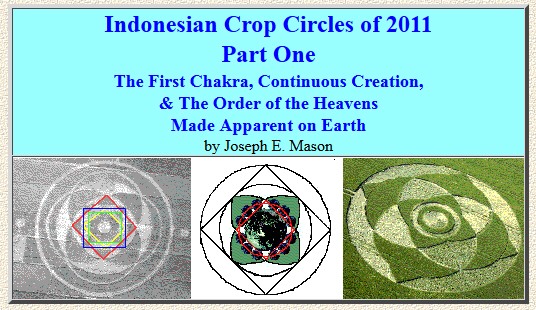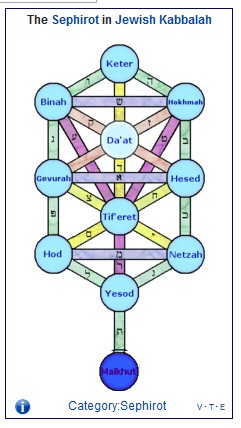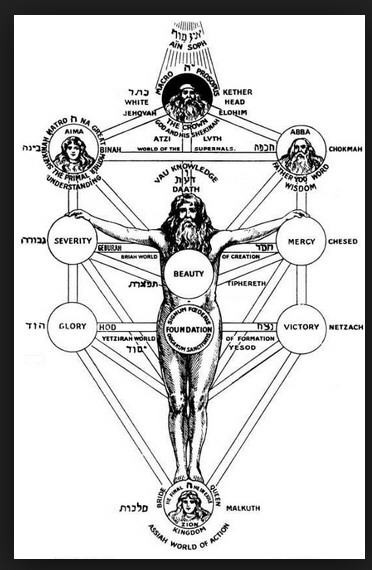Shekinah -
The Feminine Presence of God
By Theresa Ibis,
Ph.D.
Originally
Published in the
Alchemy Journal
volume on the "Feminine Face of
Alchemy"
What is
the role of the Feminine in the
works of Alchemy and Kabbalah?
How do we
recognize the Feminine powers at
work within us?
And how can we
nurture this relationship in our
lives to manifest its full potency?
So often it is easy to overlook
the role and presence of the
Feminine in our work and our lives.
Yet, Her role is so essential that
nothing could come into being
without the Feminine. This is true
of the Masculine as well, but all
too often our focus is skewed
towards the Masculine at the expense
of the Feminine. For those who have
studied the path of Alchemy,
however, an important role is
ascribed to the Feminine. Two of
the primary archetypes of alchemical
symbolism, Sol and Luna, make this
clear...Luna, the Feminine, is at
least half of the equation. Luna
represents the anima or inner
feminine of the Alchemist.
This Feminine archetype is linked to
the elusive workings of our
sub-conscious mind, our emotional
impulses, our intuitive nature, and
our ability to give birth to things
in the world. But, is there a
deeper, more occult role that the
Feminine plays in the alchemical
process? To answer this
question, we can, as many Alchemists
of the western path have done before
us, look to the ancient teachings of
Kabbalah for insights.
The interlinking between Kabbalah
and Alchemy is so prominent that it
is nearly impossible to decipher
many of the older western alchemical
writings without an intimate
knowledge of Kabbalah. So,
what role does Kabbalah ascribe to
the Feminine? According to
Kabbalistic philosophy, the role
that the Feminine plays in the
process of creation and
transformation is venerated to such
a pristine place that many
Kabbalistic customs are derived from
these teachings. To the
Kabbalist, honoring the Feminine is
of the utmost importance. To
the Kabbalist, the role of the
Feminine is clearly distinguished.
In the Kabbalah, the name of this
Divine Feminine is the Shekinah,
which means ‘indwelling' and refers
to the Presence or Soul of God that
is with us in the world. In
fact, whenever someone feels as
though God is present, Kabbalists
would say it is actually the
Shekinah. This Shekinah,
though, is not merely just an aspect
of God, She is a Divine Being of Her
own right.
Shekinah and Creation
To conceptualize the Shekinah and
her role it is necessary to look to
the stories of creation. This
is because the very first act of
creation is where the Shekinah
emerges. Kabbalah teaches that
before the beginning was the En Sof,
the Source of all things. En Sof is
everything and nothing...It is all
potential yet nothing
manifested...It has no beginning and
no end...It is neither masculine nor
feminine, and yet both at the same
time. Alchemically speaking,
one might see the En Sof as the One
Mind, the One Thing, the Prima
Materia, etc all rolled into One.
Everything that you might say about
the En Sof you can also say the
exact opposite about it, so it is
often difficult to talk about.
In other traditions the En Sof is
called the Tao, the Void, the Zero
Point Field, God the Source.
There is no place that the En Sof is
not found, for it is infinite.
Thus, in order to begin the process
of creation, for the potential to
become actual, the En Sof had to
first withdraw from Itself to create
a tiny vacuum. This withdrawal
or contraction is called Tsimtsum in
Kabbalah. Through this, a
singular point, a primordial vessel
was created, and into this vessel
the essence of En Sof could flow and
be concentrated to such a
degree that creation
burst forth in a Big Bang. It
is this vessel, into which the
concentration of the God essence
flows, that is the Shekinah, the
Feminine Womb or Birth Canal of
Creation. Now, it is not
accurate to say that the Shekinah
was created, for she already existed
within En Sof. Rather, as the
En Sof withdrew, the Shekinah
remained; She was the
vessel. It is through Her that
Light and Energy came into being,
for before Her, there was only the
potential of existence.
Thus, the Shekinah represents the
self-restraint that God/En
Sof had to impose upon Itself in
order to create the
Universe, and She embodies the
eternal quintessence that results
from the flow of Source energy into
Her. Thus, here we can see that the
Shekinah is more all encompassing
than the Luna archetype of Alchemy.
She is more like the Mother of both
Luna and Sol. But she is also
more than an archetypal mother. In a
sense, we might say that the
Shekinah is the Quintessence
itself.
The Shekinah plays another very
important role in the story of
creation, and in particular in the
Great Plan of humankind. It is
believed that in man's fall to a
denser, less perfect state of being
in the physical, the Shekinah stayed
with us as we separated from God or
were exiled from the ‘Garden'.
Thus, the Shekinah, once again, was
voluntarily removed from God/En Sof
in order for us to have our
experience. She has always
stayed with us, wherever we were
exiled or isolated or shut out, the
Shekinah was always there in exile
and isolation with us. Thus,
the Shekinah is also in Malkuth, the
Kingdom, the Salt of the Earth, the
final step of creation
where the energies funnel into the
physical world that is our
home. It is for
this reason that Kabbalists often
refer to Malkuth as the Bride.
For the ultimate Plan and driving
desire of the Universe is for the
Bride, the Shekinah, to reunite with
her Bridegroom, the Creator.
So, the Shekinah, in addition to
being the Soul of God is also the
Soul of the World.
There is another aspect to the
Feminine that is central to
Kabbalistic teachings, and is best
described through the pattern of the
Tree of Life. On this Tree of Life
there are three pillars, the Pillar
of Force (usually depicted on the
Right), the Pillar of Form (usually
depicted on the Left), and the
Pillar of Balance (the middle
pillar). The Pillar of Force is
traditionally seen as the Masculine
energy, with Chokmah, the Divine
Father, Sol, at its top.
This pillar deals with expansion,
limitless flow of energy,
generosity, force, initiative,
potency, and movement. The Pillar
of Form, on the other hand, is
usually ascribed to the Feminine
energy, with Binah, the Divine
Mother, Luna, at its top. This
pillar deals with contraction,
limitation, containment, form,
crystallization, receptivity,
stillness, patience, and discipline,
all of which reflects the functions
of the Shekinah in the first act of
creation. The Pillar of Balance
mediates between the two polar
energies and is ultimately what is
needed to bring about the Union of
Masculine and Feminine, Sol and
Luna. These three pillars of the
Tree of Life can also be likened to
the Three Essentials of Alchemy.
Here again, the Shekinah plays a
very special and multi-faceted role
in the Kabbalistic teachings. For,
it is the Shekinah that is ascribed
by Kabbalists to be the
Middle Pillar of Balance that unites
the opposites, just as the soul
allows for the opposites of body and
spirit to unite, so too does the
Shekinah play this role for us.
Indeed, the Shekinah is
the Soul of Man, what Kabbalists
call the Neshamah, for She has given
a portion of Herself in order for
each human to come into being in
this world. In giving of Herself to
humans, in this state of physical
density and isolation, the World
Soul becomes shattered. This
shattering can be metaphorically
grasped in considering what might
happen to a glass alembic or flask
when too much pressure is put upon
in the alchemical works. Thus,
the Shekinah represents the ultimate
archetype of selfless sacrifice.
All Her sacrifices have been for the
benefit of creation so that
humankind may experience this life
in order to fulfill its destiny and
purpose. Kabbalists,
therefore, pay great respect and
gratitude to the Shekinah for Her
sacrifice and service by taking up
the mantle or the quest to reunite
the Shekinah with the Creator.
The Celestial Alchemical
Wedding
What role can we as Alchemists
and Kabbalists play in this effort
to reunite the Shekinah with Her
Divine Mate? Kabbalistic and
Alchemical philosophy say that this
union can only happen with
our involvement, because She is
in us. By purifying,
making whole, and mastering our own
soul, we help to heal the shattering
of the World Soul. Then, we
must go beyond the self and reach
out in service to others to
ultimately help all of humankind
heal their souls. Piece-by-piece we
bring the World Soul back into a
state of wholeness that can then be
lifted up to an exalted state for
reunion with God. This, in
essence, is the Great Work
of Alchemy. As we awaken the Fire
within us, purify our bodies and
souls, raise our vibration, we are
in essence awakening the Shekinah
within and freeing Her from the
bonds of Malkuth (the dense, leaden
physical form). Once released,
Her burning desire to reunite with
the Creator (which at our level of
awareness is mirrored by our own
desire for union with our own soul)
leads to an ascension up the Tree of
Life, also experienced as the
Kundalini rising. Ultimately,
before the union can take place, the
Kabbalist/Alchemist must pass
through the gates of death in order
to come face-to-face with God.
In Alchemy this death takes place at
the Fermentation stage of the work,
in Kabbalah it happens upon
‘Crossing the Abyss'. This is
a spiritual death, rather than a
literal physical death, though it is
certainly no small matter and takes
much discipline, courage, faith, and
willingness to completely surrender
to the Supreme Being.
What are the qualities that we
must cultivate within ourselves in
order to succeed at this alchemical
process? Here again, we can
learn from the Shekinah, the
Feminine face of Alchemy. For,
according to Kabbalah, it is the
Shekinah that we need to learn to
work with intimately in order to
awaken Her within us and rise to
unite with the Creator. We
cannot succeed at Alchemy without
mastery of the Feminine aspects
within ourselves and the path.
Too often we are so focused on the
action or the task at hand that we
are not even aware of the subtle yet
essential roles the Feminine is
playing in the process. For
example, in the distillation of a
solution, were it not for the
vessels that contain the solution
and its vapors, it would not even be
possible to isolate the three
essentials. The distillation
apparatus itself, the vessel, is the
Feminine. Furthermore, the
discipline, patience, and
concentration it takes on the
Alchemist's part to stay focused
during the distillation process, so
that the subtle energies can be
coherently harnessed, also involve
the Feminine qualities.
Perhaps another look at creation
stories from both Kabbalah and
Alchemy can help to demonstrate the
qualities of the Feminine that are
needed. Imagine a single spark of
light, a seed of creation, an idea
ushered forth from the One Mind.
This spark comes to hover above the
waters of the firmament, the Prima
Materia. But this spark, this fire,
cannot come into direct contact with
the waters or it will be
extinguished, for they are
opposites. So, it hovers just above
the surface of the unformed waters.
And as it hovers, its intense heat
penetrates into the waters and warms
them. As it continues to give off
its radiant heat and light, the once
cold and dark waters become warm,
even hot, and a steam begins to form
on the surface. A third thing has
been created by the proximity of the
two, containing a mixture of both
aspects within it. This process
continues until a thick blanket of
steam forms and begins to surround
the fire as well, until finally,
this thick blanket of steam created
from part water and part fire, that
fills the air or the space between,
allows for or becomes the medium by
which the spark and its energy can
be conducted into the waters. The
steam or air mediates the transfer
of energy and creative power of the
fire into the waters. As this
conduction happens and the energy
enters the waters, it moves through
like a flash of lightening,
generating light, sounds, vibration,
electricity. These expressions of
energy form and shape the waters,
creating something out of the Prima
Materia, out of the One Thing. This
mediator, the steam, the air, the
spirit (mercury) allows the fire or
consciousness (sulfur) of the One
Mind to connect with the waters or
material (salt) of the One Thing and
creation happens.
The important thing to recognize
here is what is required in this
process - patience, persistence,
stillness, and restraint - in order
for the steam to develop, for the
mediator to be drawn out. If
spurious other thoughts from the
Mind had interfered it would act
like a wind blowing across the
surface and clearing the steam away
so that it could not become thick
enough to mediate the conductive
power of the fire. The occult lesson
is: one must not pollute this
process with thought. Nor can it be
rushed. One can only be still and
wait patiently and quietly, while
focusing on the One Thing (the still
waters) and the original spark or
idea from the One Mind (the fire).
The qualities involved here are
primarily the domain of the
Feminine. It is the Feminine that
teaches patience rather than seeking
immediate gratification. It is the
Feminine that requires silence and
stillness for the spirit to be drawn
out. It is the Feminine that gives
self-restraint so that the fire does
not try to go directly into the
waters and be extinguished. It is
the Feminine that is willing to bear
the process of waiting for the
gestation and pregnancy to take its
full course before new life can be
born. It is the product of the
Feminine, the air or spirit, that
mediates this birth like a midwife.
It is the Feminine that beckons us
inwards and demands discipline to
perfect the art and our creations.
If we shun the Feminine, we deny
ourselves the glory of attaining the
Holy Grail. If we indulge in
vice and darkness we create shadows
within and chase the Shekinah away,
or at least block her light from our
consciousness. The grace of the
Feminine's gifts must be earned and
are often hard fought. Yet her
rewards are sweet and well worth the
effort. When we pay homage to the
Shekinah by purifying our soul and
cleansing ourselves from the dross
or ‘sin' of our being, then She will
show us Her face. Therefore, it is
crucial that we each honor the
Sacred Alchemical Feminine so that
she will be with us to mediate our
transformations and creations.
Without the Feminine there can be no
Alchemy.
Prayer to
the Shekinah
‘Oh Shekinah,
Divine Feminine
Presence, Soul of God, Divine Mate
of En Sof,
Grant me your
graceful presence.
I praise your
willingness and bravery to withdraw
from the One so that we might be
created.
I give thanks to
you for being Here with us Now and
Always, until that day comes when we
all reunite with the Creator.
Thank you for your
selfless service to us, your
children, and to the Creator, in
coming down into this world so that
all might come to be.
And, Thank you for
molding and shaping me into the
vessel that I am, so that God's
Light may find unique expression in
and through me.
Help me to have
the Faith that, even though I may
feel separate and alone at times,
God's Light is ever present, God's
Love is endlessly given, and is
always Forgiving and Accepting,
Grant me the
insight to know that, through the
blessing of your presence, reunion
with God is near at hand, in any
moment in the Here and Now.
Bless me with the
patience and discipline to sit in
stillness and silent waiting.
Grace me with your
peaceful quiet.
Teach me to
Understand and harness the cycles of
Nature and of Time.
Show me how to
create and hold the space, within
which the Miracles of the One Thing
may manifest by the mediation of the
One Mind through me.
Be with me as I
conceive a new self within and give
birth to my life in the world.
Help me to
appreciate the labor that is
required to bring forth such
wondrous creations.
Shape me into an
apt vessel that I may be filled with
your presence and so that the Light
of Creator will flow through me.
Help me to master
my own soul so that the Spirit of
God may come down and unite with
you, His Divine Mistress.
Oh, that I may
serve as a bridge for your union
with the Creator.
Help me to revere
the silence and to quiet my mind, so
that I may hear the whispers of Love
and Passion between you and the
beloved Creator.
Share with me your
longing, your burning desire for
union with Him.
Let this union
take place in my own heart to repair
the fragments of my soul and make me
whole once more.
Fill me with your
Beauty and Grace, your Silence and
Peace, your Strength and Courage,
your Understanding and Acceptance,
your Openness and Receptivity.
Bless me with your
ability to hold the light and give
it expression in the world of form.
Purify the dross
of my being, so that the Flame of
the One may move upon the waters of
my Quiet Pond and transform me into
the Stone of the Wise.
Amen.'
Recommended Further Reading on
the Shekinah
1.
Kabbalah, by Charles Ponce
2.
Sepher Bahir,
3.
The Zohar.
4.
The Feminine Face of God: The
Unfolding of the Sacred in Women,
by Sherry Ruth Anderson and Patricia
Hopkins (Bantam Publishing, 1992).
Prayer Written by Theresa Ibis,
Ph.D. 11/08/08 while in meditation,
contemplation, and communion with
the Shekinah.
